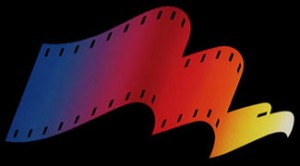
Under the terms of the National Film Preservation Act, each year the Librarian of Congress names 25 films to the National Film Registry that are “culturally, historically or aesthetically” significant. The films must be at least 10 years old. The Librarian makes the annual selections to the registry after reviewing hundreds of titles nominated by the public and conferring with Library film curators and the distinguished members of the National Film Preservation Board (NFPB). The public is urged to make nominations for next year’s registry at the NFPB’s website (www.loc.gov/film/).
For each title named to the registry, the Library of Congress Packard Campus for Audio Visual Conservation works to ensure that the film is preserved for future generations, either through the Library’s motion picture preservation program or through collaborative ventures with other archives, motion picture studios and independent filmmakers. The Packard Campus is a state-of-the-art facility where the nation’s library acquires, preserves and provides access to the world’s largest and most comprehensive collection of films, television programs, radio broadcasts and sound recordings (www.loc.gov/avconservation/).
The Packard Campus is home to more than 6 million collection items. It provides staff support for the Library of Congress National Film Preservation Board, the National Recording Preservation Board and the National Registries for film and recorded sound.
Founded in 1800, the Library of Congress is the nation’s oldest federal cultural institution. It seeks to spark imagination and creativity and to further human understanding and wisdom by providing access to knowledge through its vast collections, programs and exhibitions. Many of the Library’s rich resources can be accessed through its website at www.loc.gov.
A visionary and complex film, the science-fiction epic “The Matrix” employed state-of-the-art special effects, production design and computer-generated animation to tell a story—steeped in mythological, literary, and philosophical references—about a revolt against a conspiratorial regime. The film’s visual style, drawing on the work of Hong Kong action film directors and Japanese anime films, altered science fiction filmmaking practices with its innovative digital techniques designed to enhance action sequences. Directors Andy and Lana Wachowski and visual effects supervisor John Gaeta (who received an Academy Award for his efforts) expertly exploited a digitally enhanced simulation of variable-speed cinematography to gain ultimate control over time and movement within images. The film’s myriad special effects, however, do not undermine its fundamentally traditional, if paranoid, story of man against machine.
